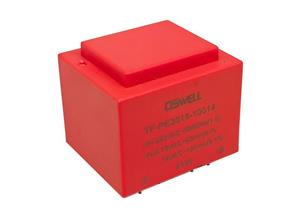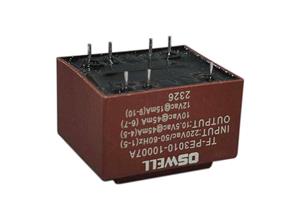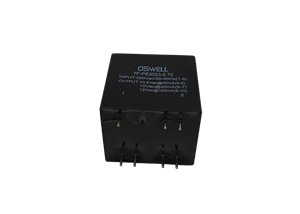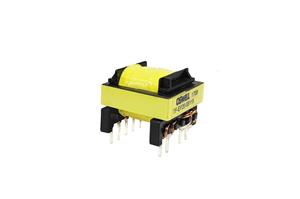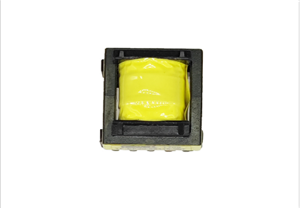High frequency transformers are crucial components in various electronic devices, ranging from power supplies and converters to telecommunications systems. These transformers operate at frequencies above 20 kHz, necessitating the selection of suitable materials that can efficiently handle high frequency signals. Ferrite materials have emerged as a popular choice due to their unique properties and advantages in high frequency transformer applications. This article delves into the role of ferrite materials in high frequency transformers, highlighting their benefits and characteristics.
High frequency transformers play a crucial role in various electronic devices and power systems, facilitating the efficient conversion and transmission of electrical energy. However, the high-frequency operation of these transformers can often lead to the generation of audible noise, which can be undesirable in many applications. This article explores various techniques to reduce noise levels in high frequency transformers, ensuring optimal performance and user comfort.
High frequency transformers play a crucial role in various electronic devices and systems. They are responsible for efficiently transferring electrical energy between different voltage levels. However, the high-frequency operation of these transformers often leads to increased heat generation, which can adversely impact their performance and reliability. This article explores the importance of thermal management strategies in high frequency transformer design, and discusses various techniques to effectively manage heat dissipation.
High frequency transformers are crucial components in numerous electronic devices and systems, serving to efficiently transfer electrical energy between different voltage levels. The efficiency and performance of these transformers depends not only on the core materials but also on the winding techniques used during their construction. This article explores the impact of winding techniques on the efficiency of high frequency transformers.
High frequency transformers play a crucial role in various electronic devices and power systems. The efficiency and performance of these transformers heavily depend on the core materials used in their construction. In recent years, there has been significant research and development in the field of advanced core materials for high frequency transformers. This article will explore some of the latest advancements in core materials and their impact on transformer design and operation.
The function of audio transformer
The audio transformer can realize voltage-converter conversion just like the power transformer, and can also realize audio signal coupling. There are four main functions of audio transformer:Output transformer: used in audio equipment and playback equipment, impedance conversion in the circuit.
Potential transformer or PT can have the same construction as any normal transformer. It has primary & secondary winding. The number of turns in primary windings is greater than the number of turns in the secondary winding because it is a step-down transformer.
In many electronic application scenarios, people will use various types of transformers, whether it is a high-frequency transformer or a low-frequency transformer, the manufacturing process is similar. Next, Zou Gong, a senior design engineer from Shenzhen Yingzhe Technology Co., Ltd., will introduce the general production process of transformers.
The high frequency transformer is the most important part of the switching power supply. The switching power supply generally uses a half-bridge power conversion circuit. When working, two switching transistors are turned on in turn to generate a 100kHz high-frequency pulse wave, and then the high-frequency transformer is used to step down and output low-voltage alternating current.

